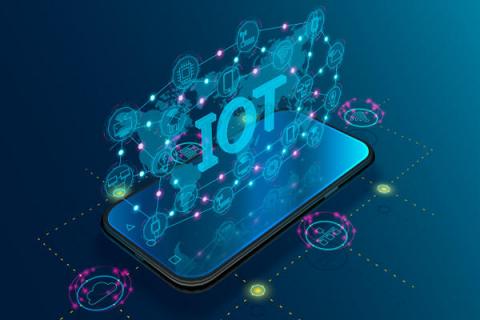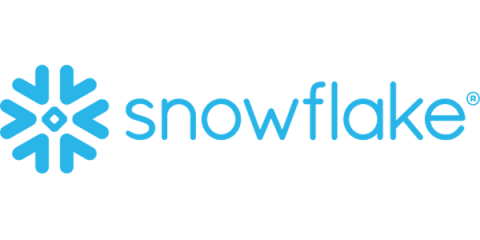Driving Digital Twin adoption with LC/NC App development for IoT
In the age of a new normal, remote monitoring and control have become a necessity across the enterprise. The prominence of IoT extends beyond its traditional purpose of sense and integration, evolving to complete end-to-end Enterprise Digital applications that represent physical assets, processes, and environment as a replica in a virtual representation.








